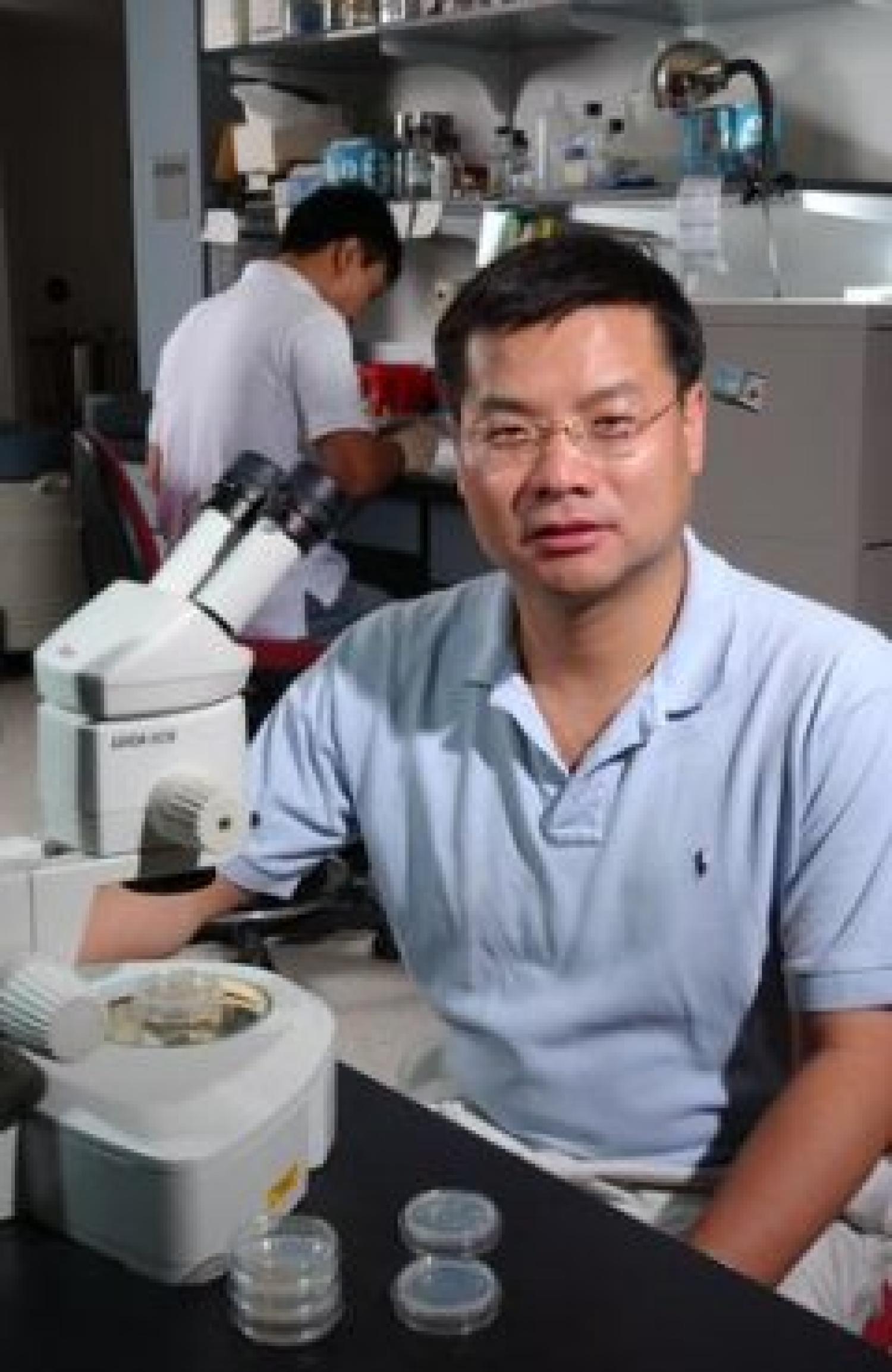MCDB Researchers Find Molecule that Repairs Damaged Nerves

MCDB Professor Ding Xue and colleagues reported their important findings today in the journals Nature and Nature Communications.
Two new studies involving the University of Colorado Boulder and the University of Queensland (UQ) in Brisbane, Australia have identified a unique molecule that not only gobbles up bad cells, but also has the ability to repair damaged nerve cells.
Known as the phosphatidylserine receptor, or PSR-1, the molecule can locate and clear out apoptotic cells that are pre-programmed to die as well as necrotic cells that have been injured and are causing inflammation, said CU-Boulder Professor Ding Xue, who led one study and co-authored the other. Programmed cell death, or apoptosis, is a natural process that kills billions of cells in a typical human body each day.
But it is the finding that the PSR-1 molecule also can help reconnect and knit together broken nerve fibers, called axons, that has caught the attention of both science teams.

